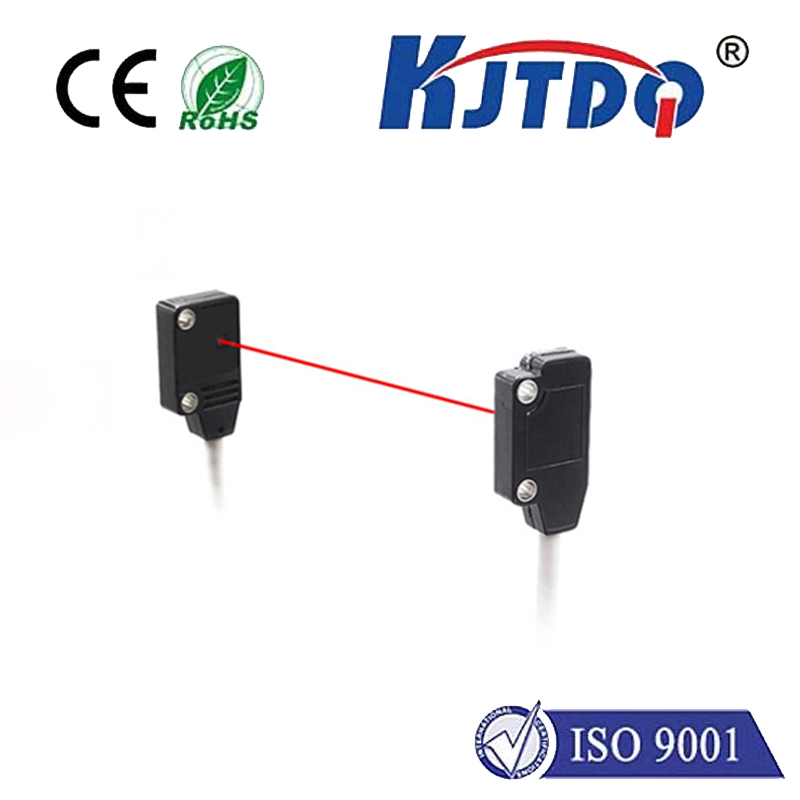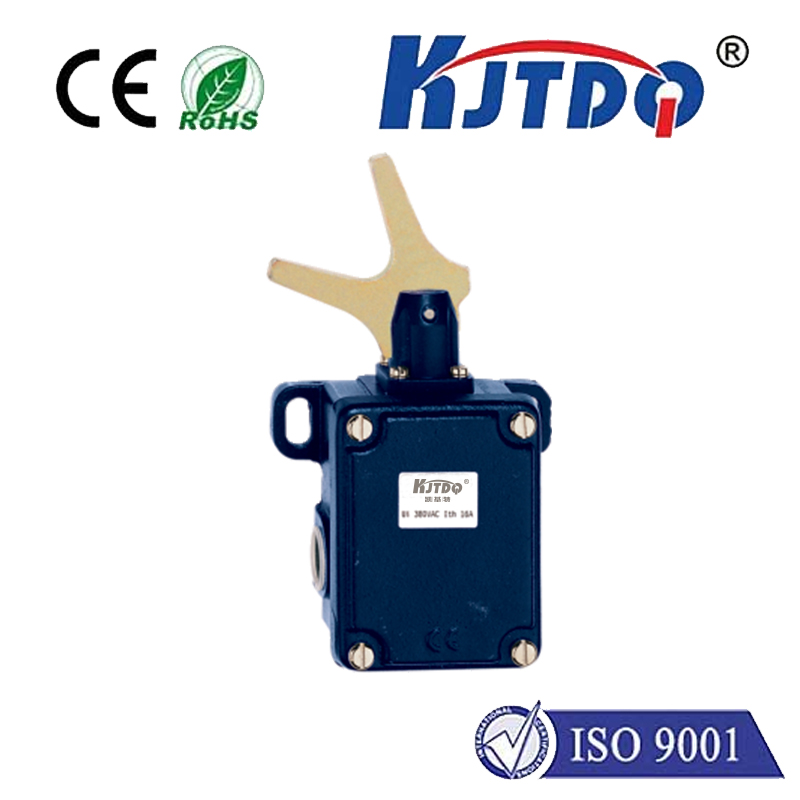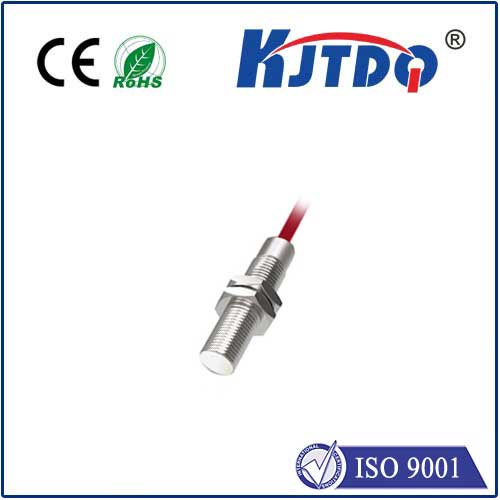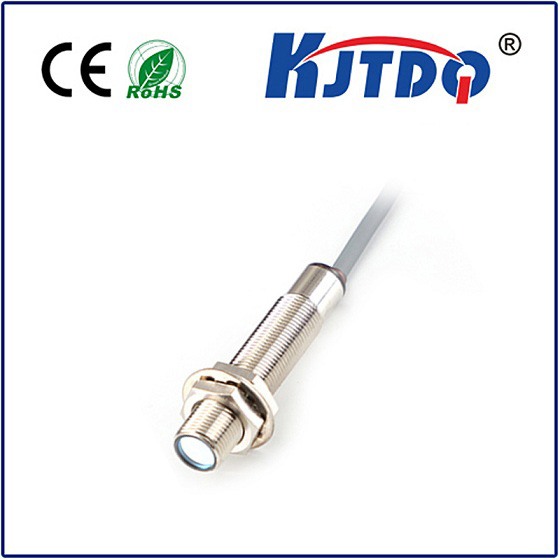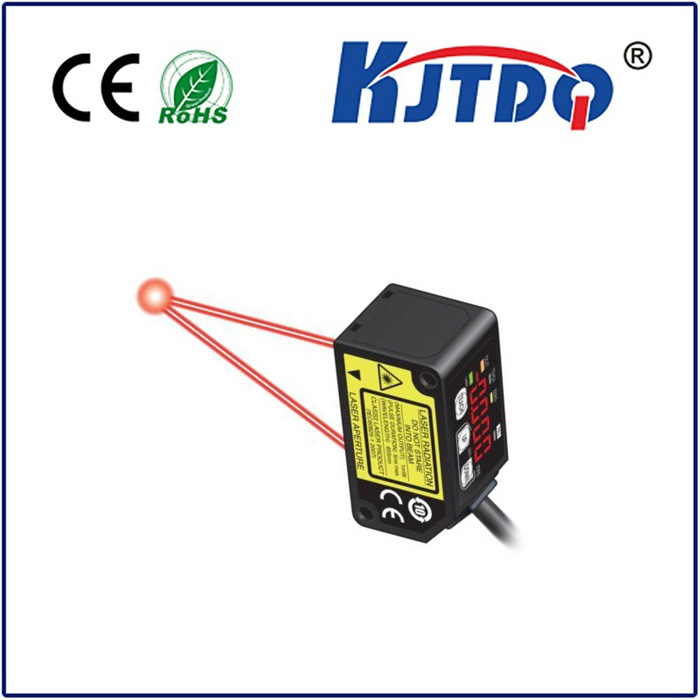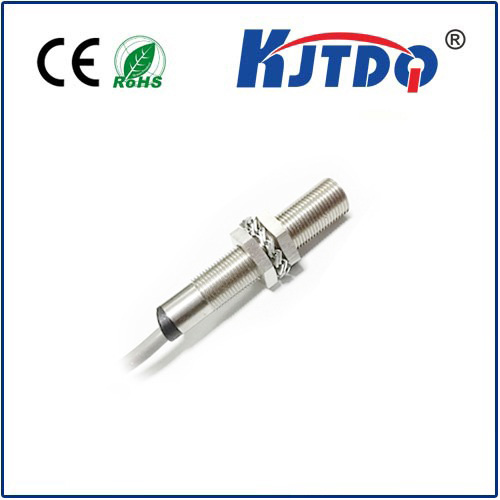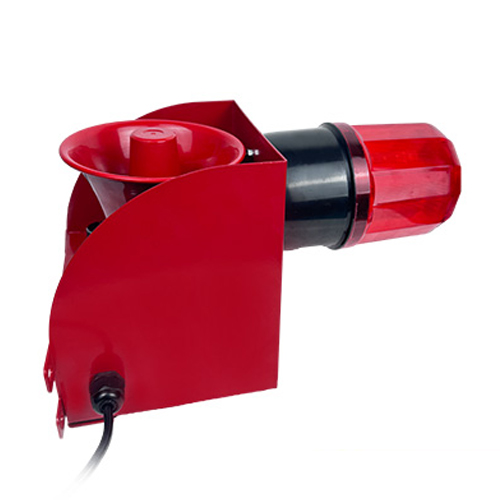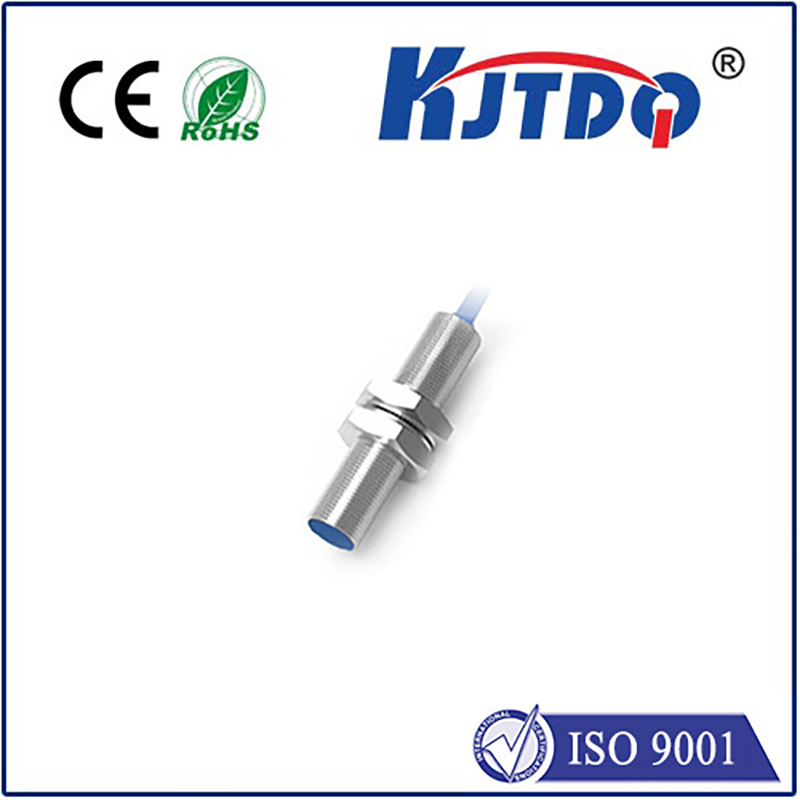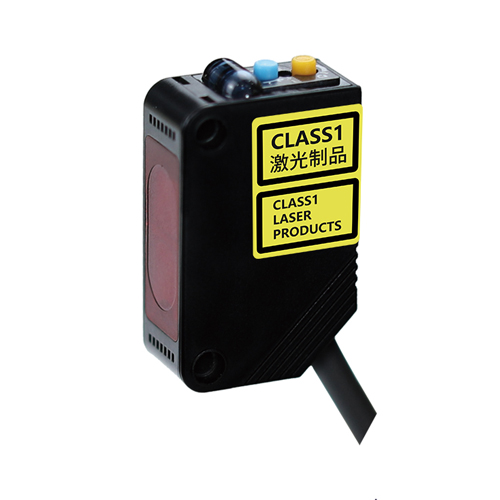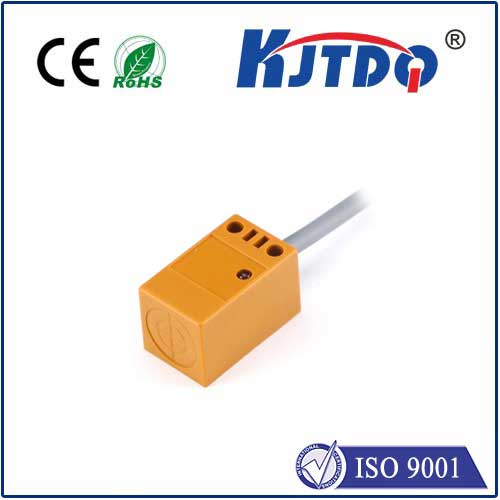Ever struggled to reliably detect a dark object on a dark conveyor belt? Or needed a sensor to pick out a specific item cluttered among similar objects? Industrial settings are rarely pristine. Background interference – varying surfaces, stray light, unwanted objects – is a constant headache for standard photoelectric sensors. This is where precision technology like the E3FB-TP21 Background Suppression Photoelectric Sensor shines, offering a robust solution for scenarios demanding superior accuracy and immunity to environmental clutter.
Understanding the Core: What is Background Suppression?
Traditional diffuse-reflective photoelectric sensors operate on a simple principle: an emitter sends out light (usually infrared or red laser/visible LED), and a receiver detects the light reflected back from the target. The sensor triggers when the reflected intensity crosses a threshold. However, this method has a critical weakness – it can be easily fooled by highly reflective surfaces behind the intended target object, causing false triggers. It also struggles significantly with detecting dark or low-reflective objects against similarly dark backgrounds.
Background Suppression (BGS) technology represents a significant leap forward. Instead of simply measuring how much light bounces back, BGS sensors like the E3FB-TP21 calculate the distance to the reflecting surface. They achieve this through precise optical triangulation within the sensor head itself. The receiver element is positioned at an angle relative to the emitter. Light reflected from a near object (the target) hits a different point on the receiver than light reflected from a more distant object (the background). The sensor’s intelligent electronics analyze this spot position to determine the actual distance to the reflecting surface. It is then programmed to only trigger when an object is within its specific, user-defined sensing range, deliberately ignoring objects beyond that point – the background suppression effect.
Why the E3FB-TP21 Stands Out in Industrial Applications

The Omron E3FB-TP21 isn’t just a generic BGS sensor; it’s engineered for demanding industrial realities. Its design incorporates features specifically targeting common automation challenges:
Stable Detection Despite Surface Variations: Unlike sensors reliant solely on reflectivity, the E3FB-TP21’s distance-based detection provides remarkable stability even when the target object’s color, texture, or surface finish varies. This consistency reduces downtime caused by false signals or missed detections.
Tuned Sensing Range: The 2-100 mm range is optimized for many common automation tasks – part presence verification, workpiece positioning, height differentiation – offering flexibility without unnecessary complexity.
Robust Construction for Harsh Environments: Built to industrial standards, the E3FB-TP21 features an IP67-rated housing, making it resistant to dust ingress and low-pressure water jets. This resilience is essential for washdown environments in food & beverage or pharmaceutical manufacturing, as well as dusty conditions in foundries or woodworking.
Simple Installation & Operation: Featuring an intuitive teach-in function (often activated via a button on the sensor), setting the desired sensing distance is quick and straightforward. Its compact cylindrical shape (M18 threaded barrel) allows for easy mounting in confined spaces. Multiple output options (like the common relay output) ensure compatibility with various control systems.
Visible Red LED or Laser Operation: Models often come with visible red light sources (LED or laser), making beam alignment significantly easier during setup and troubleshooting compared to invisible infrared beams. The laser version provides an exceptionally precise, narrow beam ideal for detecting very small objects or fine features.
Key Applications Where the E3FB-TP21 Excels
Choosing Background Suppression: A Smart Investment
While retro-reflective or other photoelectric sensor types have their place, the E3FB-TP21’s background suppression capability is a game-changer for applications plagued by variable backgrounds and challenging target surfaces. Its combination of unwavering accuracy, environmental durability (IP67), operational simplicity, and focused sensing range makes it a highly reliable and cost-effective choice. By virtually eliminating false triggers caused by background interference, it minimizes production errors, reduces downtime for troubleshooting, and enhances overall system reliability.
Implementing the E3FB-TP21 photoelectric sensor translates directly to smoother operations, higher quality control, and reduced waste – critical factors for maintaining competitiveness in today’s demanding industrial landscape. When precision amidst chaos is non-negotiable, this sensor delivers consistent, dependable performance.
